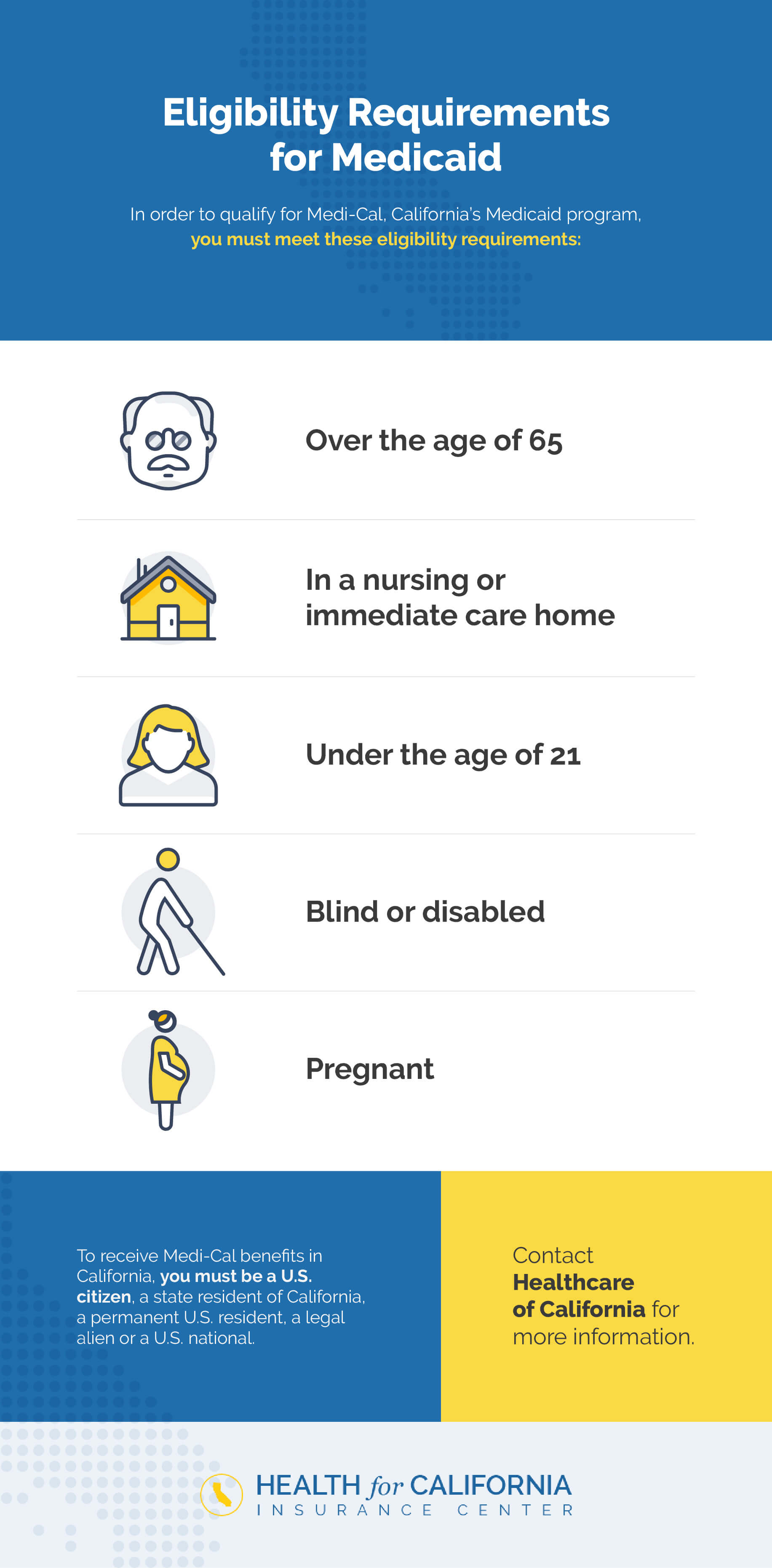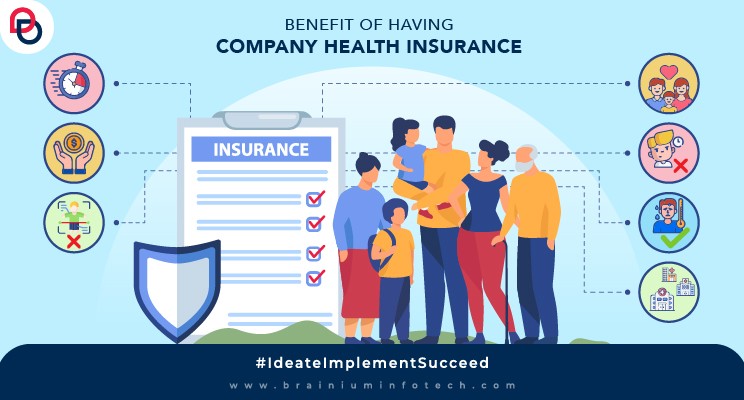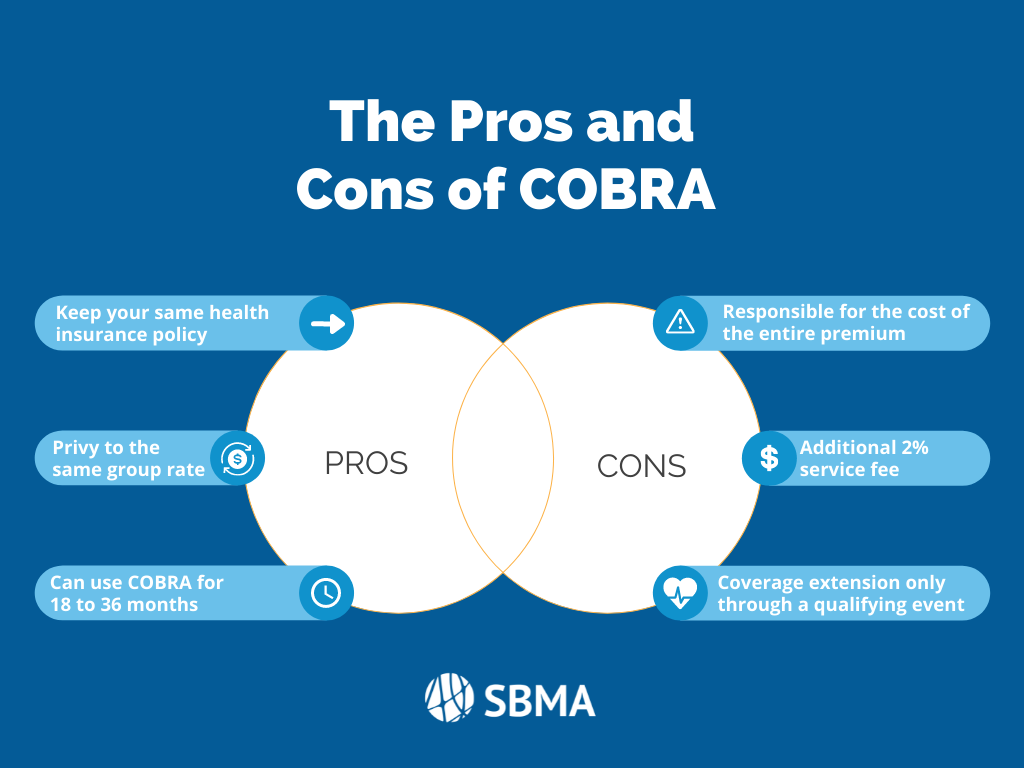Little Known Facts About Medicare Advantage Agent.
Wiki Article
Rumored Buzz on Medicare Advantage Agent
Table of ContentsAbout Medicare Advantage AgentThe Buzz on Medicare Advantage Agent3 Easy Facts About Medicare Advantage Agent Described

complies with from perplexing the reasonably young age profile of the uninsured with the much better health, generally, of younger persons. This covers the link in between health and wellness status and wellness insurance policy. For those without accessibility to office medical insurance, inadequate health is a prospective barrier to acquiring nongroup insurance coverage due to the fact that such protection may be highly valued, exclude preexisting problems, or be just unavailable. The variety of uninsured Americans is not specifically large and has not altered in recent times. Seven out of ten respondents in a nationally representative survey assumed that fewer Americans lacked medical insurance than in fact do(Fronstin, 1998). About fifty percent(47 percent )thought that the variety of individuals without medical insurance decreased or continued to be continuous over the last fifty percent of the last decade(Blendon et al., 1999). This drop of virtually 2 million in the number of individuals 'without insurance coverage (a reduction
of about 4 percent)is certainly a favorable modification. With a softer economic climate in 2000 the most up to date reported gains in insurance protection may not proceed(Fronstin, 2001 ). The decline in the variety of uninsured will certainly not proceed if the economic climate continues to be slow and wellness treatment prices remain to outpace rising cost of living. This is since the data were gathered for a period of solid economic efficiency. Of the approximated 42 million people who were uninsured, almost concerning 420,000(concerning 1 percent)were under 65 years old, the age at which most Americans come to be eligible for Medicare; 32 million were grownups between ages 18 and 65, about 19 percent of all adults in this age; and 10 million were kids under 18 years old, regarding 13.9 percent of all kids (Mills, 2000). These quotes of the number of persons uninsured are generated from the yearly March Supplement to the Present Population Study (CPS), carried out by the Demographics Bureau. Unless otherwise kept in mind, national price quotes of individuals without medical insurance and proportions of the population with various kinds of insurance coverage are based upon the CPS, one of the most extensively used source of price quotes of insurance policy protection and uninsurance prices. These studies and the quotes they produce are explained briefly in Table B. 1 in Appendix B - Medicare Advantage Agent. These studies differ in dimension and tasting approaches, the questions that are inquired about insurance
Top Guidelines Of Medicare Advantage Agent
insurance coverage, and the moment period over which insurance policy protection or uninsurance is measured(Lewis et al., 1998, Fronstin, 2000a ). Still, the CPS is particularly beneficial since it generates annual quotes reasonably quickly, reporting the previous year's insurance coverage approximates each September, and due to the fact that it is the basis for a consistent set of quotes for greater than two decades, permitting analysis of patterns in protection in time.
A Biased View of Medicare Advantage Agent
Over a three-year duration beginning early in 1993, 72 million people, 29 percent of the U.S. populace, lacked protection for a minimum of one month. Within a solitary year(1994), 53 million people experienced at the very least a month without coverage(Bennefield, 1998a). Six out of every 10 without insurance grownups are themselves utilized. Working does boost the possibility that one and one's family participants will certainly have insurance coverage, it is not a warranty. Even members of families with two full-time breadwinner have nearly a one-in-ten opportunity of being uninsured (9.1 percent uninsured price)(Hoffman and Pohl, 2000 ). The relationship in between medical insurance and accessibility to care is well developed, as documented later on in this chapter. The connection between health and wellness insurance coverage and health and wellness end results is neither direct neither basic, an extensive clinical and wellness solutions research study literature links health insurance policy coverage to improved access accessibility care, better far betterHigh quality and improved personal individual population health statusCondition The second record, on individual health outcomes for without insurance adults, is stood for by the innermost circle Click Here of the figure, while the 3rd report, on family well-being, incorporates the subjects of the second record yet highlights a different device of analysis, particularly, the family. The sixth record in the series will certainly provide details about approaches and efforts undertaken in your area, statewide, or country wide to address the absence of insurance policy and its adverse influences. Degrees of analysis for examining the impacts of uninsurance. This conversation of medical insurance coverage concentrates mainly on the united state population under age 65 due to the fact that virtually all Americans 65 and older have Medicare or various other public coverage.
In addition, it focuses especially on those without any type of wellness insurance for any type of length of time. The problems dealt with by the underinsured remain in some respects comparable to those faced by the uninsured, although they are normally much less severe. Uninsurance and underinsurance, nevertheless, include distinctly different plan problems, and the strategies for addressing them may vary. Throughout this research study and the five reports to adhere to, the primary emphasis is on individuals with no medical insurance and hence no support in spending for wellness treatment past what is offered through charity and safeguard establishments. Medical insurance is an effective factor impacting receipt of treatment because both patients and physicians reply to the out-of-pocket cost of solutions. Medical insurance, nonetheless, is neither required neither adequate to gain accessibility to clinical services. However, the independent and direct effect of health insurance policy protection on access to health and wellness solutions is well established. Others will acquire the healthcare they require also without medical insurance, by spending for it out of pocket or seeking it from carriers that offer treatment free or at very subsidized prices. For still others, medical insurance alone does not make certain receipt of care as top article a result of various other nonfinancial obstacles, such as an absence of health and wellness care providers in their community, limited access to transport, illiteracy, or etymological and cultural differences. Formal research regarding without insurance populations in the USA dates to the late 1920s and very early 1930s when the Board on the Cost of Treatment produced a collection of records concerning funding physician workplace visits and hospitalizations. This issue ended up being prominent as the varieties of medically indigent climbed up during the Great Clinical depression. Empirical research studies consistently support the link between accessibility to care and improved wellness results(Bindman et al., 1995; Starfield, 1995 ). Having a routine resource of care can be considered a predictor of access, instead of a direct procedure of it, when wellness end results are themselves utilized as accessibility signs. This expansion of the idea of accessibility measurement was made by the IOM Board on Checking Accessibility to Personal Healthcare Provider(Millman, 1993, p. Whether parents are guaranteed shows up to affect whether or not their children receive treatment in addition to just how much careeven if the children themselves have coverage(Hanson, 1998). The health and wellness of moms and dads can impact their capability to look after their children and the level of family tension. Fretting concerning their youngsters's access to care is itself a resource of stress for moms and dads. Three phases adhere to in this record. Phase 2 gives a summary of how employment-based health insurance policy, public programs and private insurance coverage run and communicate to provide extensive but incomplete protection of the U.S. population. This consists of a testimonial of historical trends and public plans impacting both public and personal insurance coverage, a conversation of the communications amongst the various sorts blog here of insurance, and an evaluation of why people relocate from one program to another or wind up

Report this wiki page